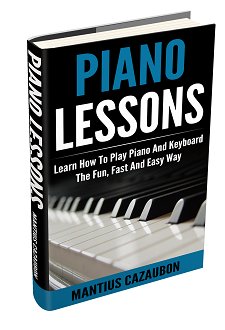Loud key noise Yamaha Clavinova piano CLP-920
by sarah nunn
(Netherlands)
I have a second hand Yamaha Clavinova piano (Model CLP-920) which has graded hammer action keys. What noises (Apart from the piano sound) should these keys make. When i press a key i get a soft thud depending how hard i strike the key but when i release the key it makes a loud thud/knock as it comes to rest. It's loud enough to be heard over the piano sound and quite off putting.
Is this sound normal or does it signal that the foam/felt strip needs replacing ?





